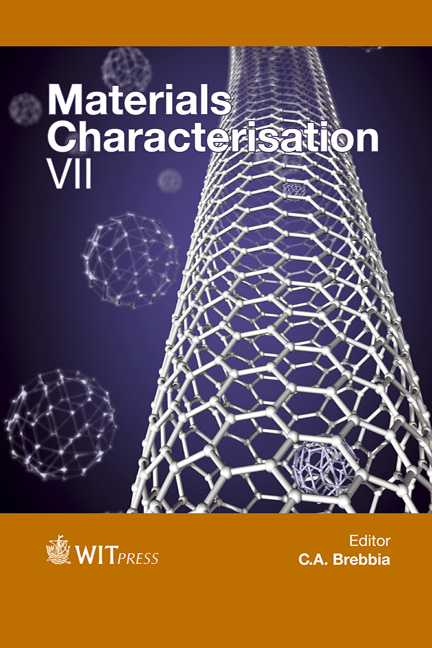Prediction Of Vibration And Thermal Behaviour Of An Automotive Exhaust Manifold: A Comparative Study
Price
Free (open access)
Transaction
Volume
90
Pages
11
Page Range
331 - 341
Published
2015
Size
1,546 kb
Paper DOI
10.2495/MC150301
Copyright
WIT Press
Author(s)
D. Desai
Abstract
Engine exhaust manifolds are commonly subjected to severe thermo-mechanical stresses caused by thermal cycles and vibrations from the engine and road profiles. The manifold is exposed to high temperature exhaust gases and is only cooled through conduction to the cylinders via thermal contact, radiation and natural convection to its surroundings. If the prevailing thermal gradients and vibrations produced by the applied loads are not properly absorbed, they can cause excessive damage and noise to the exhaust system. Hence, the prediction of the manifold’s thermo-mechanical behaviour is fundamental in assessing its performance. However, modelling such behaviour is difficult as it involves complicated heat transfer processes. This paper attempts to model the transient thermal behaviour and natural frequencies of two manifolds comprising different materials in the absence of computational fluid dynamics software. The results indicate that the use of 3D modelling is feasible and that the stainless steel manifold potentially minimises heat loss from the exhaust gas and possess higher natural frequencies in the lower frequency domain when compared to its cast iron counterpart.
Keywords
natural frequencies, automotive exhaust manifold, transient heat transfer modelling, finite element analysis





